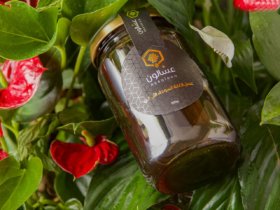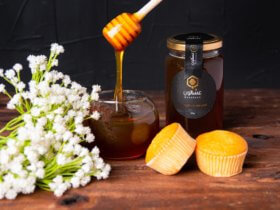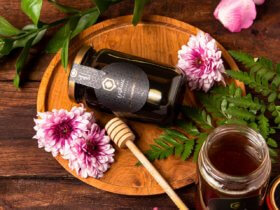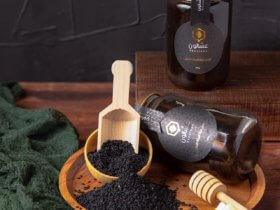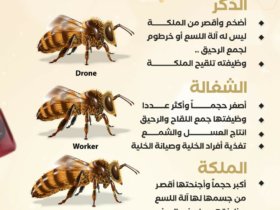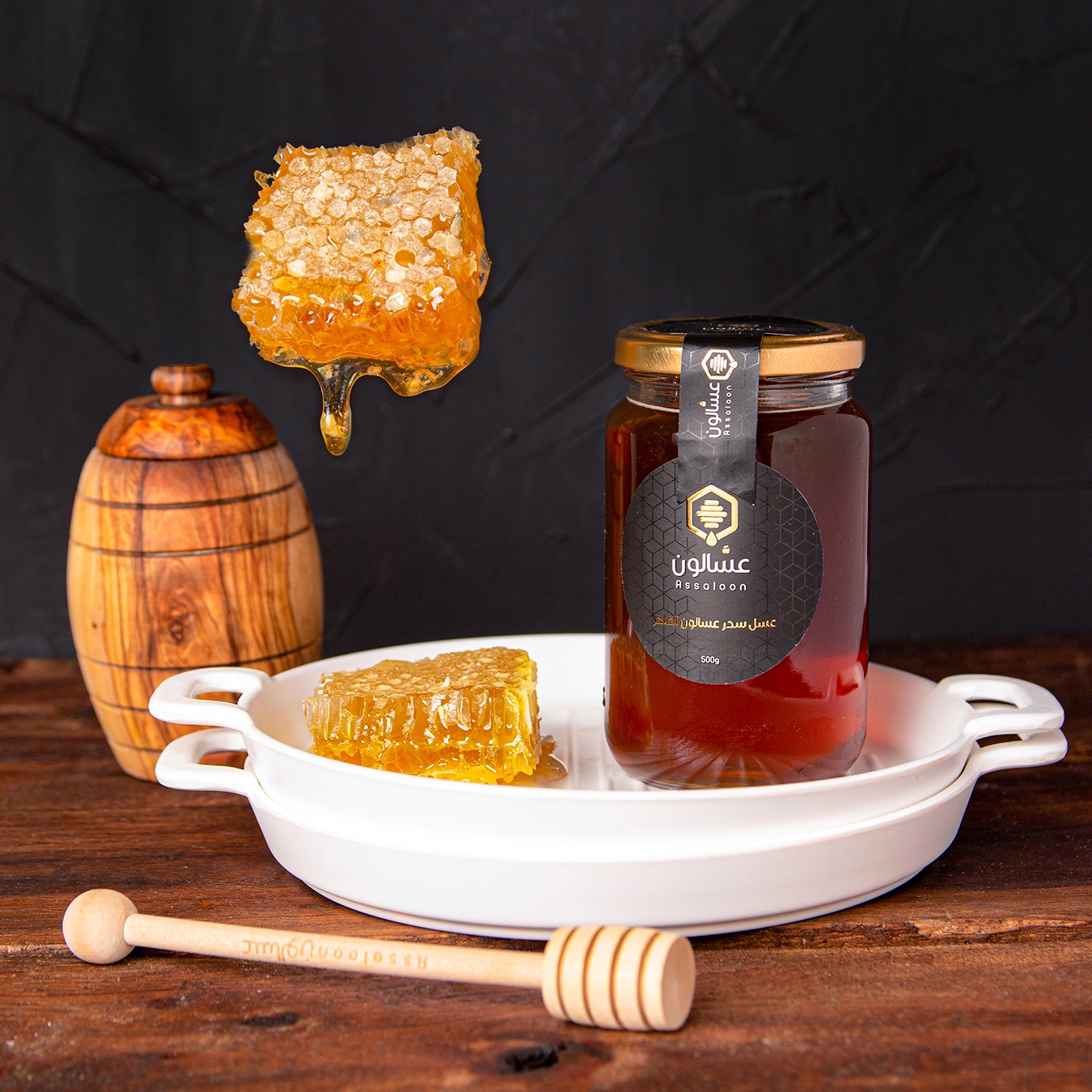It is very important to know the specifications of the original Sidr so as not to be deceived one day.
This is because fraudulent types of Sidr honey in particular are very widespread, and this is mainly due to its high price.
Therefore, in order to benefit from all the characteristics of this special honey, you must make sure that most of these qualities are present in it.
But before we start our next tour, let’s first get to know….
Sidr honey source
The Sidr plant is found in many regions around the world, but it is widely spread in the Kingdom of Saudi Arabia.
The product of bee food on the nectar of the Sidr plant is Alder honey, which is characterized by being a golden viscous liquid and sometimes darker until it reaches the red color.
The Sidr plant includes many species, such as Sidr al-Anab, Sidr wild, and others.
Each species has some characteristics that may distinguish its honey from the honey of the other species in simple characteristics, but in the end there are many common characteristics.
Now let’s move on to the most important part…
How do you know the original Sidr honey?
Despite the many rumors circulating about the possibility to be 100% sure of the quality of Sidr honey manually, this is not true.
It is better that some tests be done in the laboratories so that we can be sure, beyond any doubt, that Sidr honey is genuine.
But since we will not go to the laboratory every time we buy a kilo of honey, let’s get acquainted with 5 specifications that distinguish the original Sidr from the adulterated Sidr.
1- color
The color is the primary characteristic to determine whether the Sidr is genuine or adulterated.
Once you look at the honey in the bowl and notice any color different from the golden or reddish-golden color, make sure that the honey is adulterated.
These were the first specifications of the original Sidr.
Now let’s move on to another characteristic of him, which is…
2- viscosity
The second way to know whether the Sidr is original or adulterated, or put a few drops in your hand.
- If the texture is very sticky and does not go away easily with water, then congratulations on the original honey.
- But if you can wash your hands easily and they are no longer sticky, do not buy this honey.
This is one of the characteristics of most types of natural raw honey, but it is more evident in Sidr honey.
3- Smell
The smell of the original, natural Sidr honey, without any other substances added to it, is very distinctive.
Once you smell it, you will instantly recognize it.
But if you have not bought it before or you have not eaten it with one of your relatives and do not know its smell, then you must know that it must have a somewhat aromatic smell, which is a distinctive smell that you will not find in other types of honey or adulterated honey.
Another characteristic of Sidr honey that you should know is…
4- Taste
It is also known that Sidr honey has a distinctive taste, but only honey experts can distinguish it.
So this item may not be of much use to you.
5- Pouring
If you want to know whether Sidr honey is original or adulterated and contains some additives, there is a simple test that you can do as follows:
- Bring a tissue or a small handful of dust (dirt), but a tissue test is better.
- Then leave a drop of Sidr honey to fall on the napkin.
And now the test result:
- If the honey drop remains in its spherical shape, the honey is natural and original.
- If the tissue absorbs it, the honey is adulterated, and water is often added to it.
Thus, you have learned how to know the original Sidr honey?
But the last advice is to go to a trusted dealer who has good reviews, or to go to the owner of the apiary directly.
Sources:
- https://balqees.com/differences-in-sidr-honeys
- https://arabhoneybee.com/%d8%b9%d8%b3%d9%84-%d8%a7%d9%84%d8%b3%d8%af%d8%b1-sidr-honey/
- https://royalbeeseg.com/article/%D9%83%D9%8A%D9%81-%D9%86%D8%B9%D8%B1%D9%81-%D8%B9%D8%B3%D9%84-%D8%A7%D9%84%D8%B3%D8%AF%D8%B1-%D8%A7%D9%84%D8%A3%D8%B5%D9%84%D9%8A-%D9%85%D9%86-%D8%A7%D9%84%D9%85%D8%BA%D8%B4%D9%88%D8%B4

